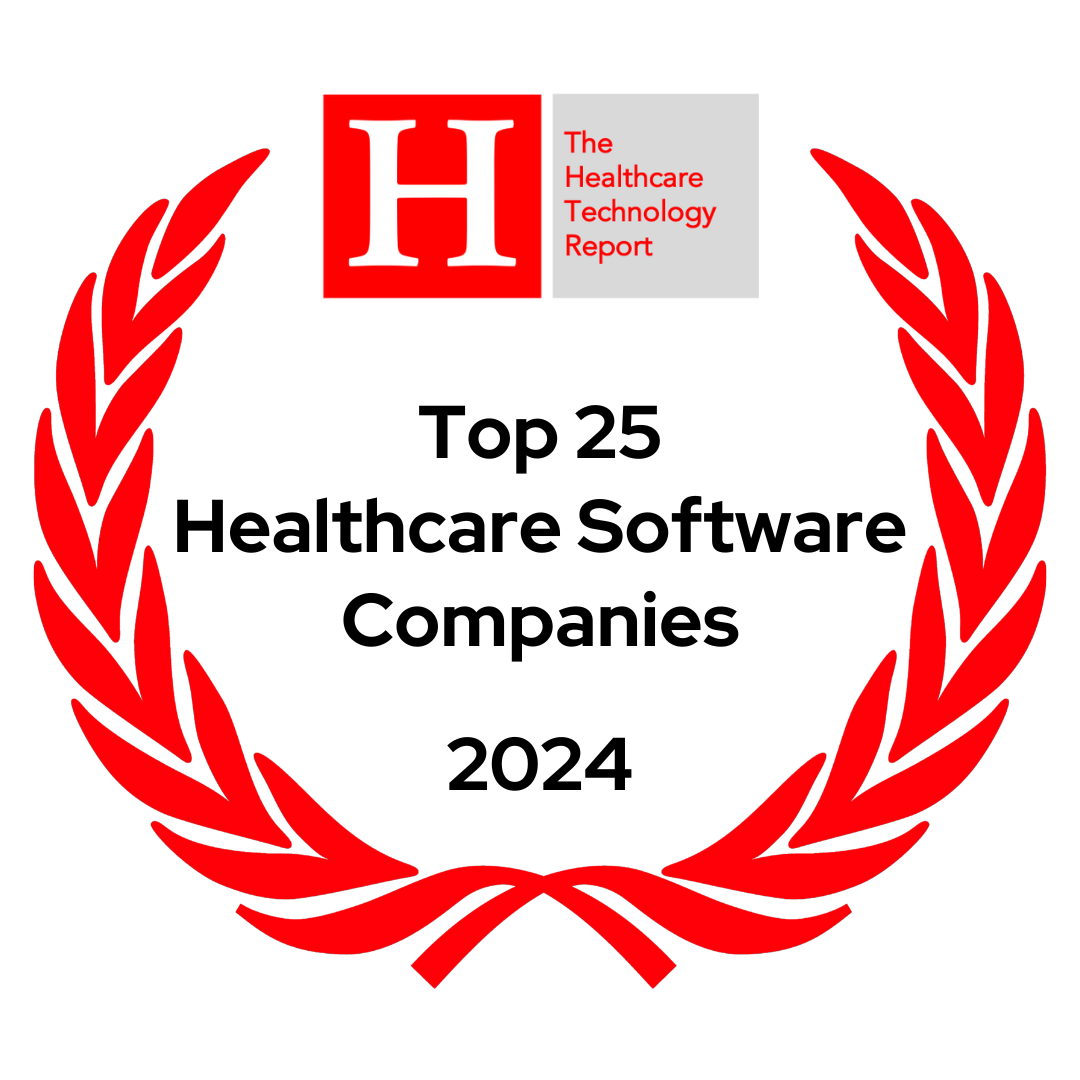Though MACRA and regulatory forces are encouraging providers to adopt value-based care delivery, many remain on the sidelines. Many are hesitant to begin this transition to managing risk; others simply ignore it at their own peril.
Written By: Dan Juberg
When the Centers for Medicare & Medicaid Services (CMS) proposed its new payment framework that rewards providers for higher-quality care rather than volume, finally ending the much-maligned Sustainable Growth Rate (SGR) formula, it was met with contention and confusion over its ambition and timeline. What is clear however, is that this bold program, referred to as Medicare Access & CHIP Reauthorization Act (MACRA), is the latest reaffirmation of CMS’ commitment to moving 50 percent of its payments from traditional Medicare fee-for-service into alternative, value-based payment models by 2018. In finalizing a rule that puts as much as 9 percent of reimbursements at risk for providers, CMS is putting its money where its legislative mouth is. It is banking on MACRA to be the catalyst that compels late adopters of value-based care models to action.
MACRA offers physicians two tracks to be reimbursed for Medicare services: 1) the merit-based incentive-payment system (MIPS); or, 2) an advanced alternative payment model (APM). APMs, by definition, shift greater risk and accountability of care to providers, but also yield the potential for more lucrative incentives. Clinicians participating in qualifying APMs are excluded from MIPS and eligible to receive a 5 percent incentive payment starting in 2019. Currently, CMS defines advanced APMs to include only its riskiest models (MSSP Tracks 2 and 3, NextGen, Comprehensive ESRD, CPC+ and the Oncology Care Model) with a couple more proposed for implementation in future years.
Despite its direct impact on both finances and reporting requirements (read: workflows), MACRA remains a mystery to most.
Many are confused as to how exactly this legislation affects them. In fact, according to the “Deloitte Center for Health Solutions 2016 Survey of U.S. Physicians” released in July 2016, only 50 percent of non-pediatric physicians surveyed had even heard of MACRA. In September 2016, a national survey for The Physicians Foundation reinforced that notion, as it found that only 20 percent of physicians were “familiar” with the upcoming Medicare payment overhaul. Solving the MACRA puzzle is key if providers expect to maintain financial performance while continuing to deliver high-quality and cost-effective care to their patients.
From mature accountable healthcare organizations to others just beginning their transformative journeys to value-based care, many are proactively capitalizing on these regulatory changes, conversations and uncertainty to promote and advance their goals.
At Lumeris, we have seen many progressive organizations view these regulatory disruptions and timely MACRA discussions as an opportunity. From mature accountable healthcare organizations to others just beginning their transformative journeys to value-based care, many are proactively capitalizing on these regulatory changes, conversations and uncertainty to promote and advance their goals.
They’re recognizing the potential for MACRA to act as a vehicle to align disparate groups of providers, accelerate the coordination of care in their communities and improve their viability to be attractive for and excel in future value-based arrangements. MACRA-fueled APMs can act as both a training ground and alignment strategy.
These organizations find themselves reevaluating their strategy around what amounts to their biggest payer—the U.S. government, and specifically Medicare.
They are contemplating how MACRA and this shifting paradigm fit into their global Medicare strategy, and how they can develop the competencies and infrastructure necessary to unlock substantial value from an aging population. Many are just dipping their toes in these new value-based waters, using the risk-free MSSP Track 1 to keep providers in their sphere of influence and out of competitors’ exclusive arrangements, all while developing and improving care management capabilities for future risk-based contracts. Others that have already gained experience with clinical integration and care coordination are using MACRA to move up the Medicare risk/reward spectrum and into higher-risk programs in an effort to qualify as an advanced APM, with a possible eye toward eventually converting populations to Medicare Advantage products. While Medicare Advantage is not currently included in the Quality Payment Program, it is slated to be starting in 2021 (with ongoing lobbying efforts for earlier inclusion).
The consistent theme is that wherever progressive, action-oriented organizations fall along the current risk spectrum, they’re recognizing the importance of organizing and galvanizing area physicians, equipping them with the support services, technology and workflows necessary to manage multiple populations,
and shifting their focus to the true measure of success in a value-based future: population share. Population share is a very different concept than market share, which has so long been the focus of health systems.
MACRA has created an environment in which providers are seeking partnerships with specialized organizations to help alleviate or eliminate the MIPS reporting burden, qualify for enhanced incentive payments and provide actionable, coordinated information to support them in achieving improved quality outcomes and patient satisfaction while also increasing physician satisfaction (what Lumeris refers to as the Triple Aim +1™). Inaction by organizations to utilize this momentum could provide the opportunity for their competitors to fulfill those very needs.
The status quo likely won’t remain for long. In many markets, standing still could mean losing ground in developing the network needed to succeed in the changing payer and provider climates.
Take a look around.
How are your competitors reacting to these regulatory trends and recent market shifts? Are they implementing the capabilities and offering the tools and support services you should be to enhance their provider network?
Are they forming exclusive arrangements that will preclude providers from participating in yours? The status quo likely won’t remain for long. In many markets, standing still could mean losing ground in developing the network needed to succeed in the changing payer and provider climates.
It’s worth emphasizing that the migration to accepting risk is not to be taken lightly, nor should it be rushed into due to evolving regulations
It is necessary to develop the appropriate clinical governance, integrate the necessary physician network and create automated and data-driven workflows to achieve the required capabilities to aggregate and effectively manage any target population. It’s not only a difficult journey, but an unavoidable one. Even mature organizations with experience managing risk can find themselves in trouble. Many seek partners to help them navigate the complexities inherent in shaping and aligning the business model, engaging both providers and consumers and optimizing performance while reducing unnecessary costs.
A shift in revenue mix, lower reimbursement rates and (likely) declining inpatient volume should be considered inevitable—and painful.
Even with CMS deploying both MACRA and the recently proposed mandatory cardiac-bundled payments program across 98 markets, for systems deeply embedded and happy with the fee-for-service world, it can be difficult to assess a true tipping point.
However, a shift in revenue mix, lower reimbursement rates and (likely) declining inpatient volume should be considered inevitable—and painful. Most organizations are ill-prepared to navigate this challenging future state. The best way to combat these financial pressures is through increasing your population share and optimizing revenue through superior performance and outcomes in value-based contracts. It can take years of experience in managing risk, aligning stakeholders and providing high-value care to achieve the performance-based revenue necessary to offset—and eventually outpace—the lower fee-for-service returns. Delaying the transition will only set slower groups further behind when regulatory pressures are further amplified. Innovative and advanced organizations aren’t waiting for the tipping point. They’re preparing now to be ready to thrive and surpass current performance whenever it finally does.
What has become clear is the future healthcare landscape will increasingly be predicated around risk and value. What’s becoming even clearer is that inaction and failing to prepare could be the riskiest proposition of all.


